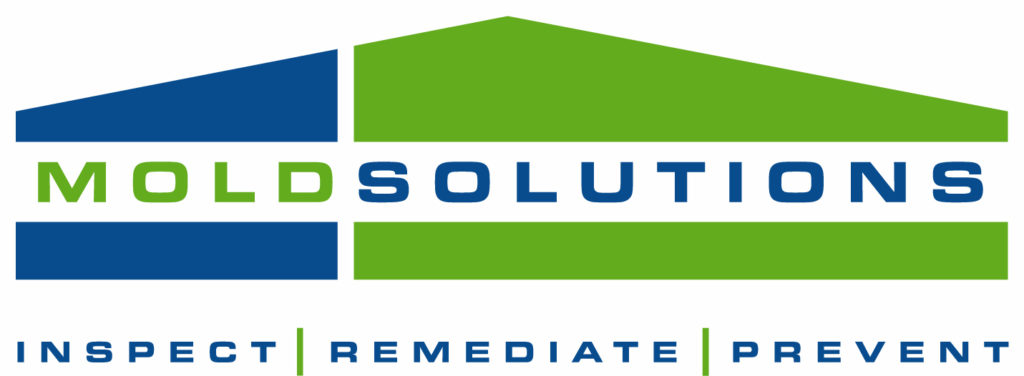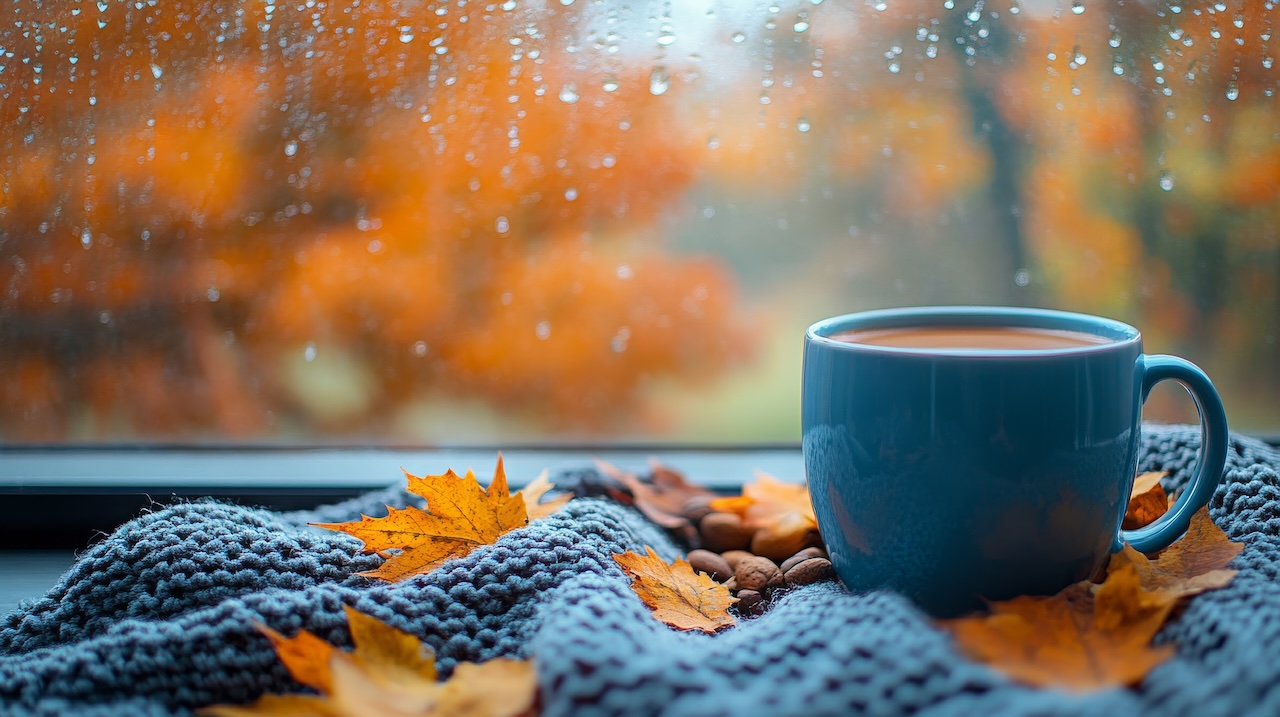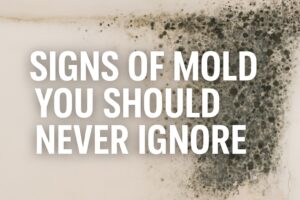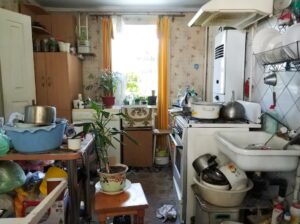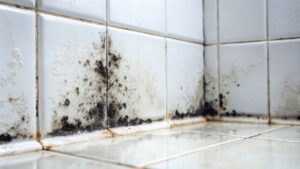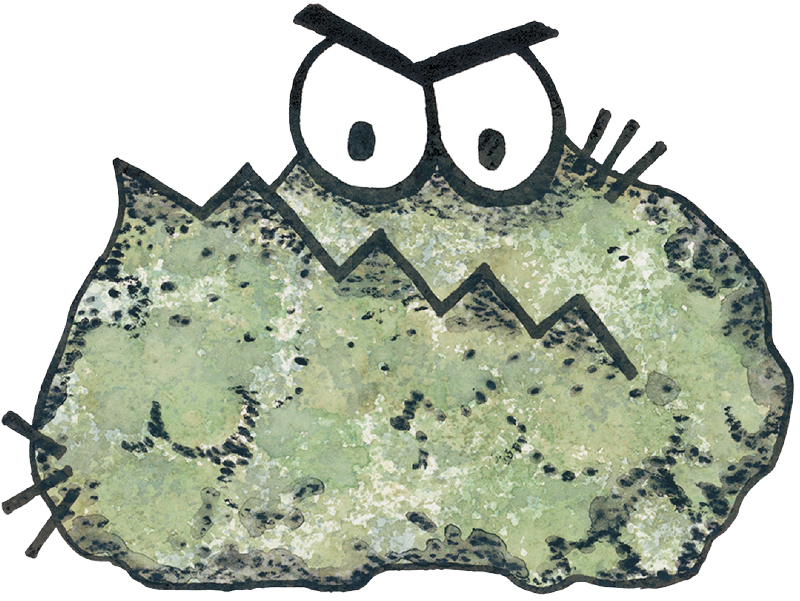As the crisp fall weather settles over the Midwest, homeowners in Chicagoland and St. Louis often shut their windows and crank up the heat, attempting to keep the cold out. However, this shift in behavior can inadvertently set the stage for mold growth in homes that lack proper ventilation. As temperatures drop and humidity levels fluctuate, indoor air can become stagnant, trapping moisture inside and creating ideal conditions for mold. In this article, we’ll explore why fall is a prime season for mold, the crucial role of ventilation, and how you can prevent mold growth before it becomes a serious issue.
Why Mold Growth Increases During Fall
Fall brings cooler temperatures, shorter days, and more moisture in the air. These seasonal changes can trigger unexpected mold growth in homes for a few reasons:
- Increased Humidity Indoors: When the outdoor air gets cooler, homeowners often use humidifiers to combat dry indoor air. While this can be beneficial for comfort, it can also increase indoor humidity, creating a favorable environment for mold.
- Closed Windows and Doors: As people try to keep the cold out, homes become more sealed. Without regular airflow, moisture from daily activities like cooking, showering, and even breathing can build up.
- Damp Outdoor Conditions: Wet leaves, frequent rain, and morning dew can contribute to higher moisture levels around your home’s foundation. This dampness can seep into basements or lower levels, further increasing the risk of mold.
In these conditions, mold thrives. It can settle in damp corners, beneath carpets, or even within walls if left unchecked. So, it’s no surprise that fall becomes a common time for homeowners to discover unexpected mold problems.
The Connection Between Poor Ventilation and Mold Growth
Ventilation plays a key role in keeping mold at bay. Without adequate airflow, moisture accumulates, often in areas that are harder to reach or notice. Here’s how poor ventilation impacts mold growth in your home:
- Trapped Moisture: Stagnant air prevents moisture from escaping, creating a humid environment that’s perfect for mold spores to settle and spread.
- Increased Condensation: When warm indoor air comes into contact with cold surfaces like windows, it leads to condensation. If this moisture isn’t properly vented, it can seep into window sills, walls, and ceilings, resulting in mold growth over time.
- Damp Basements and Attics: Basements and attics often lack proper ventilation, making them common hotspots for mold in the fall. Poor airflow in these areas allows moisture to linger, turning them into prime mold breeding grounds.
- Blocked Air Vents: In preparation for winter, homeowners sometimes block unused air vents to save energy. While this may help reduce heating costs, it can also limit airflow, increasing humidity in certain parts of the home.
How to Improve Ventilation in Your Home This Fall
Proper ventilation is your first line of defense against mold. Here are some simple yet effective ways to boost airflow and prevent mold growth during the fall months:
- Use Exhaust Fans: Make it a habit to use exhaust fans in kitchens and bathrooms. These fans help expel moisture from the air, especially during cooking or hot showers.
- Open Windows (Weather Permitting): Even a few minutes of fresh air each day can make a difference. Crack open windows on warmer fall days to promote cross-ventilation.
- Check and Clean Air Vents: Ensure that air vents aren’t blocked by furniture or other objects. Clean vents regularly to remove dust and debris, which can block airflow.
- Install Dehumidifiers: A dehumidifier can help maintain balanced humidity levels, particularly in areas like basements. Aim for a humidity level of 30-50% to keep mold spores from thriving.
- Repair Leaks Promptly: Leaks in the roof, foundation, or plumbing can introduce moisture into your home. Regularly inspect these areas and address any leaks as soon as possible to prevent water damage and mold growth.
When to Call in Professional Mold Remediation
Sometimes, despite your best efforts, mold problems can persist. Here are some signs that it may be time to consider professional mold remediation:
- Persistent Musty Odor: If you notice a musty smell that doesn’t go away despite ventilation improvements, it could indicate hidden mold.
- Visible Mold Spots: Mold growth that reappears after cleaning or spreads rapidly across surfaces may require professional intervention.
- Health Symptoms: Mold exposure can trigger allergic reactions, including coughing, sneezing, skin irritation, or even asthma attacks. If these symptoms worsen indoors during the fall, it’s wise to get your home inspected.
- Worsening Dampness: If certain areas of your home feel persistently damp despite efforts to improve airflow, it’s likely that moisture is trapped behind walls, under floors, or in insulation—areas that require professional attention.
FAQs About Fall Mold Growth and Ventilation
Q1: Can using a space heater affect mold growth?
A: Yes, space heaters can contribute to uneven heating and create moisture pockets if not paired with proper ventilation, potentially increasing the risk of mold.
Q2: How often should I use a dehumidifier in the fall?
A: It’s best to use a dehumidifier consistently in areas prone to dampness, like basements. Aim to maintain indoor humidity between 30-50%.
Q3: Does using a humidifier in the fall increase mold risk?
A: Humidifiers can add moisture to the air, which might increase mold risk if not properly controlled. Balance humidity levels to avoid excessive moisture.
Proper ventilation is crucial for preventing mold growth in your home, especially during the fall when cooler weather and closed windows create the perfect storm for moisture buildup. By implementing good ventilation practices and being proactive with moisture management, you can protect your home from the potential dangers of mold. However, if mold problems persist, professional remediation may be necessary to ensure a safe, healthy indoor environment.
If you’re facing mold issues in your Chicagoland or St. Louis home this fall, reach out to Mold Solutions for expert advice and remediation services. Don’t let mold take hold—stay ahead of it this season!
